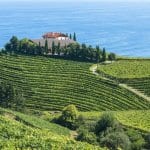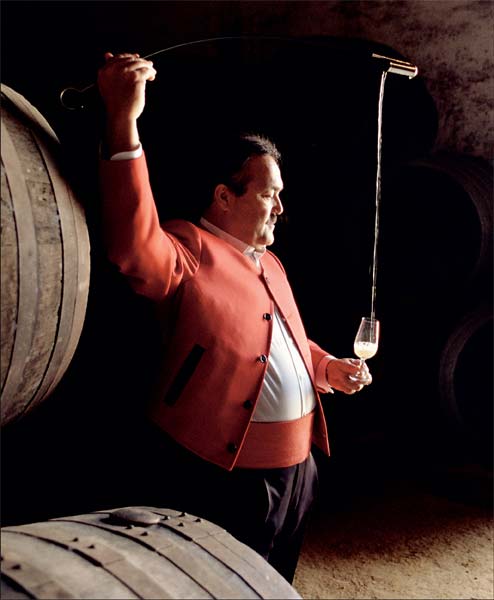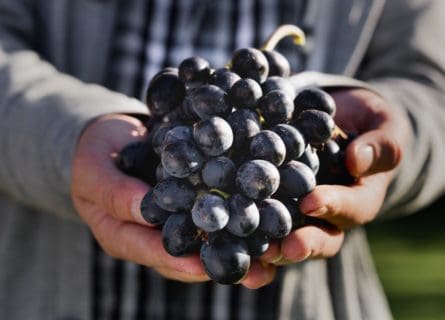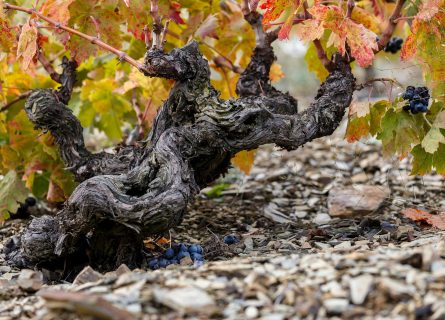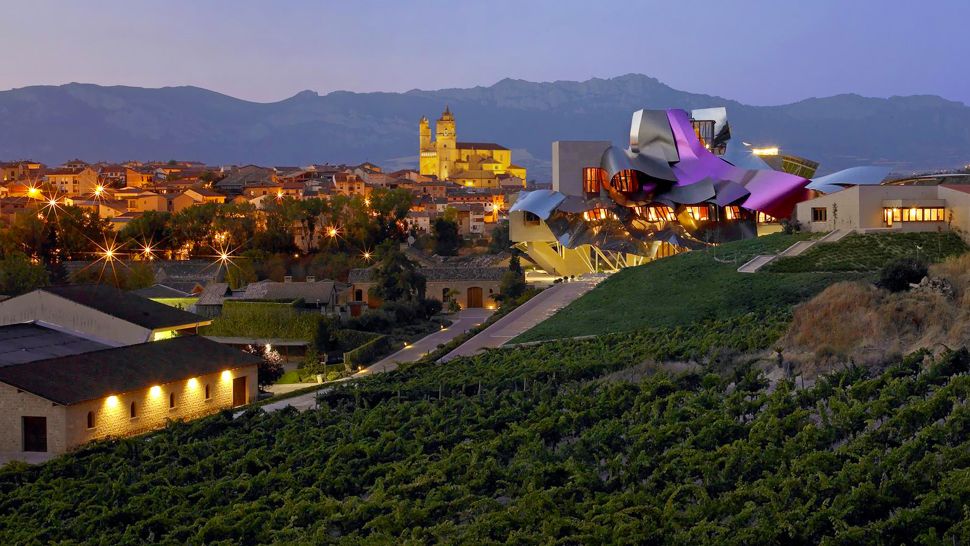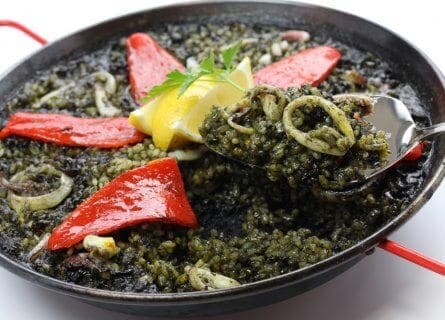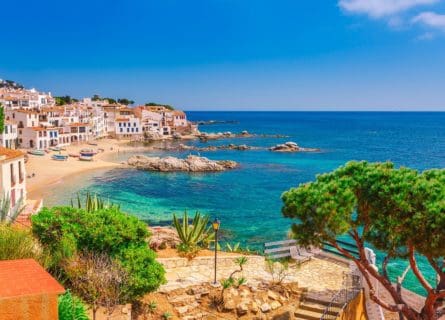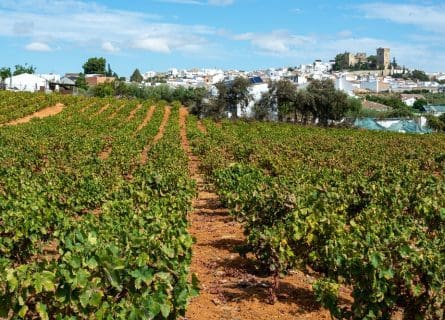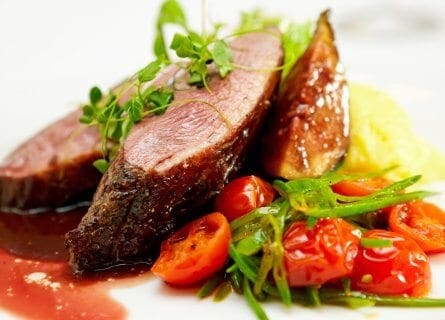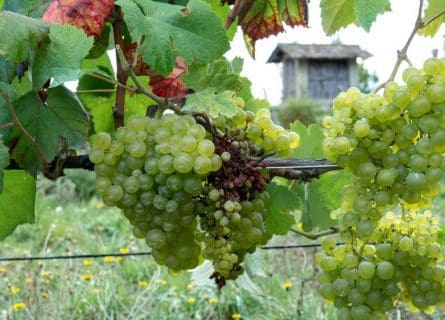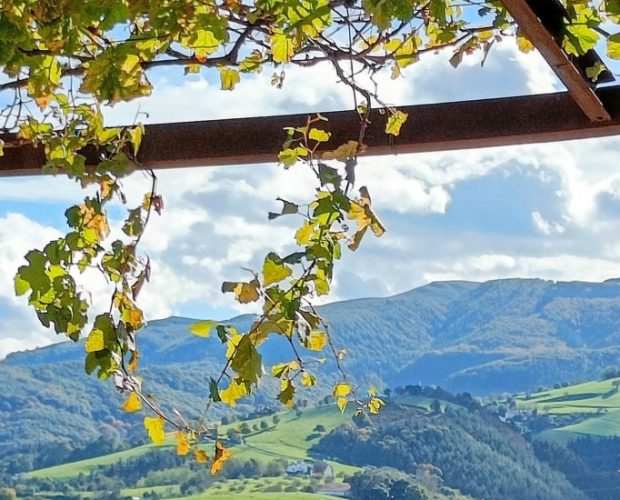
Vitoria-Gasteiz Travel Guide
A charming blend of medieval history, modern culture, and natural beauty
The Basques, who inhabit a charming corner of northeastern Spain, claim to be the oldest Europeans and speak the original European language. Whether or not this is the case remains unproven, but what is undoubtedly true is that the Basque Country’s capital, Vitoria-Gasteiz, is probably the most underrated city in Spain. It is the capital of the southern Basque province of Alava, which produces some of the best wine in the Rioja region and the entire Basque Country. In addition, it boasts a surfeit of cultural and gastronomic attractions, including numerous art galleries, a delightful old quarter, dozens of fantastic pintxo bars and restaurants, and a very friendly local population. This all adds up to a charming city that is blissfully free of other tourists.
The history of the Basque country is fascinating and complex. No one quite knows where the Basque people came from (they have no migration myth in their oral history), but their presence here is believed to predate even the earliest known migrations. Interestingly, when the Romans invaded Spain in 218 BC, they never conquered the hilly Basque Country, perhaps because its inhabitants were impossible to subjugate. After the Roman Western Empire collapsed in the 5th century AD, the Visigoths eventually established dominance over much of Spain, making Toledo their capital in 542.
In 581 AD, Historians believe that a precursor to modern-day Vitoria, called Victoriacum, was founded by the Visigoth king Luivigild. The king had recently won a battle against the Basques and wanted to commemorate his victory with a new settlement. However, Victoriacum vanished from history shortly after its foundation.
In 711, Tariq ibn Ziyad, the Tangier’s Muslim governor, landed at Gibraltar with around 10,000 men and quickly subdued most of the Iberian Peninsula. His army decimated the poorly trained Visigoths and was only halted by the Franks at the Battle of Poitiers in 732. The enlightened Islamic civilization that would rule most of Spain was called Al-Andalus. From the middle of the 8th century to the mid-11th century, the frontier between Muslim and Christian territory lay across the peninsula’s north, roughly from southern Catalunya to northern Portugal. Yet the Muslim forces never conquered the Basque Country, and a rebellion began as early as 722 at the battle of Covadonga in Asturias.
The Asturian kingdom eventually moved its capital south to Leon and became the kingdom of Leon, which spearheaded Spain’s Reconquista (reconquest). The expansionist Castilian crown gained sovereignty over the Basque territories during the Middle Ages (1000-1450) – in 1181, the King of Navarra Sancho the Wise founded a settlement called Nova Victoria, the current predecessor to present-day Vitoria-Gasteiz. It was built on the site of a previous settlement known as Gasteiz. However, in 1199, the town was besieged for nine months and eventually captured by the troops of Alfonso VIII of Castile. As a result, he annexed Vitoria as part of his kingdom. However, even when the settlement came under the Castilian orbit, Navarra and three other Basque provinces extracted broad autonomy arrangements known as the fueros (the ancient laws of the Basques).
In April 1492, the Catholic Monarchs Isabel and Fernando granted the Genoese sailor Christopher Columbus funds for his voyage across the Atlantic in search of a new trade route to the Orient. After discovering the Americas, Columbus undertook several more expeditions. By 1600, Spain controlled nearly all of present-day Mexico and Central America, a broad strip of South America, all the biggest Caribbean islands, and Florida.
However, the 17th century was a very contradictory time in Spain. At one level, a flourishing arts scene created the illusion of a modern European nation. Spain was immortalized by great artists such as Velazquez and El Greco. Yet weak, back-looking monarchs, a highly conservative church, and an idle nobility allowed the economy to stagnate, leading to food shortages and gross inequalities. Spain lost much of its territory, including Portugal, Sicily, and Naples.
Vitoria would play a pivotal role in the tumultuous events of the 19th century. In 1807, French forces poured into Spain, supposedly on their way to Portugal. Still, by 1808, this had become a French occupation of Spain, and Carlos IV was forced to abdicate in favor of Napoleon’s brother, Joseph Bonaparte. However, the Spanish revolted, and the French were finally driven out after their defeat at Vitoria. A monument commemorating this battle in the city’s main square is known as the Monument to Independence.
Sadly, this did not signify the end of Vitoria’s troubles. After the second Carlist War in 1876, all provinces except Navarra were stripped of their coveted fueros, fueling nascent Basque nationalism. This fervent nationalism remains alive and well today.
Spain did not take part in the World Wars of the 20th century. However, it had plenty of internalized strife to contend with. When the second Spanish Republic in Madrid proposed the possibility of home rule to the Basques in 1936, both the provinces of Gipuzkoa and Vizcaya took up the offer. Conservative Alava, in contrast, sided with the Nationalists during the Spanish Civil War, ensuring that Vitoria was left relatively unscathed during the conflict between the Republican government and Fascist dictator General Franco. The Nationalists entered Madrid on 28 March 1939, and Franco declared war over on 1 April. Regional autonomy was subsequently off the table, and church and state reigned supreme. Divorce, strikes, trade unions, and political associations were declared illegal.
It was during the Franco days that ETA (Basque Homeland and Freedom) was born. Initially set up to fight the Franco regime, which suppressed the Basques by banning the language and almost all forms of Basque culture. After Spain’s return to democracy in the 1970s, widespread regional autonomy was granted. Yet, ETA wanted nothing less than total independence and continued its bloody fight against the Spanish government until, in 2011, the group announced a ‘definitive cessation of its armed activity.’
Today, Vitoria is a fitting symbol of the Basque Country – proud and independent, Vitoria boasts entirely deserved self-confidence. Yet Vitoria has a habit of falling off the radar as visitors flock to the more famous San Sebastian and Bilbao, which are beautiful destinations. In many ways, Vitoria is like a miniature version of Bilbao, but for the moment, it has avoided any of the downsides of mass tourism. That, combined with the city’s thriving cultural, gastronomic, and arts scene, is priceless.
-

Pinxtos, Basque version of Spanish Tapa Gastronomy & Wine
This is where gastronomes come to indulge their every whim and desire. The confluence of sea and mountains has bequeathed to the Basque Country an extraordinary culinary richness – all manner of seafood, fresh fish, game, free-range cattle, and lamb are the pillars upon which Basque cuisine was traditionally built. But while San Sebastian continues to grab all the headlines due to its numerous Michelin-starred restaurants, Vitoria is also emerging as a powerhouse of great food and drink. Indeed, among in-the-know Spaniards, this city has a serious culinary pedigree. In 2014, Vitoria was awarded the title of National Gastronomic Capital on account of its stellar array of pintxo bars and highly creative chefs.
Today Vitoria covers the whole gamut, from high-end culinary destinations to atmospheric pintxo bars, which often provide Spain with the most incredible culinary excitement. Hopping from bar to bar and enjoying pintxos is a way of life for the Basques and one of life’s greatest culinary pleasures. Just rolling the word pintxo (peen-cho) around your tongue defines the essence of this wonderful slice of Basque cuisine. Essentially the Basque version of a tapa, the pintxo, transcends the commonplace through the sheer panache and sophistication of the offering. A perfect example should have exquisite taste, texture, and appearance and be savored in two elegant bites.
Classically, pintxos are ‘impaled’ on small slices of French baguette via a toothpick, upon which all manner of towering creations are constructed. You may encounter marinated anchovies, prawns, and squid in Vitoria; all topped with anything from pate to crab. Mushrooms and peppers make a regular appearance, while hot choices are typically chalked up on the bars’ blackboards; if you want to live like a local, order one or two options before moving on to the next fabulous bar.
Of course, all this gastronomic indulgence requires something to wash it down colder. The Basque Country’s signature wine style is Txacoli, a young, fresh, fruity white wine served chilled – a delightful summer aperitif. However, further south, you’ll discover the vineyards of Rioja Alavesa – part of the Basque Country – which produces some of the finest Rioja in the region. The higher altitudes and cooler climate typically result in impeccable freshness and balanced wines. The best examples are structured, velvety reds with the ability to age for decades. They deserve 5-star treatment – roast lamb or suckling pig would be ideal.
Guide to Basque Cuisine: Read more
Nearby Wine Regions
-
 Embark on a sensory journey through Basque Wine Country, exploring its rich terroir and exquisite vintages. Plan your trip today! Read more
Embark on a sensory journey through Basque Wine Country, exploring its rich terroir and exquisite vintages. Plan your trip today! Read more -
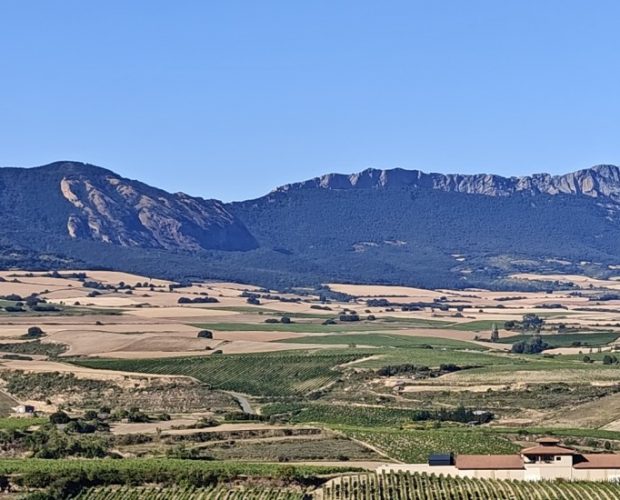 Experience the rich flavors of Rioja Alavesa wines. Explore its vineyards and wineries for a unique wine-tasting adventure. Plan your trip today! Read more
Experience the rich flavors of Rioja Alavesa wines. Explore its vineyards and wineries for a unique wine-tasting adventure. Plan your trip today! Read more -
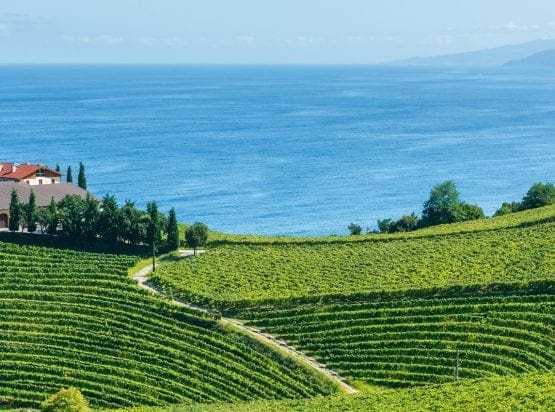 Learn about the vibrant flavors of Txakoli wine amidst breathtaking Basque landscapes. Explore our comprehensive guide. Plan your trip today! Read more
Learn about the vibrant flavors of Txakoli wine amidst breathtaking Basque landscapes. Explore our comprehensive guide. Plan your trip today! Read more
Highlights
-
Santa Maria Cathedral
At the summit of the old town is the Catedral de Santa Maria, which dominates the skyline with its majestic 13th-century architecture. It has been undergoing a lengthy restoration program for many years and remains one of northern Spain’s most beautiful religious buildings.
-
Artium
Art lovers will adore this ode to avant-garde, modern Basque art. Vitoria’s Palace of contemporary art stages some of the most daring and thought-provoking exhibitions in the Basque Country. Not to be missed!
-
Casco Viejo
Strolling through the winding lanes of Vitoria’s old quarter is a day out in itself. Thanks to an impressive collection of murals soaring high above the streetscape, prepare for pure sensory overload. However, make sure to allow time for visiting the numerous pintxo bars dotted around the old town—the perfect end to the perfect day.
Recommended for you
More information
If you would like us to customize an exclusive luxury tour, contact us and let us know your travel plans. We offer luxury food and wine tours for private groups of a minimum two guests. In addition, all of our private, chauffeured tours are available year-round upon request.

